#female redstart
Text
My best shot today of a Red Start in flight! 7/25/22 In Tenants Harbor! This is a lifer for us!

Red Start Female
236 notes
·
View notes
Text




Who's bothering me? Can't you even do your feather care undisturbed?
#photographers on tumblr#original photography#birding#bird photography#bird watching#urban birding#common redstart#Hausrotschwanz#female#Travemünde
147 notes
·
View notes
Text



Daurian redstart (female)
148 notes
·
View notes
Text

Male and female Redstarts. So friendly in Taiwan
#birds#artists on tumblr#watercolor#wildlife#birding#biology#birds nature#ecology#redstarts#belles art
173 notes
·
View notes
Text

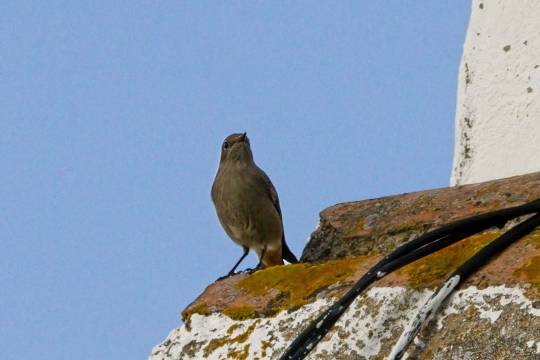

Black redstart, the first two pictures show the female, the last one the male one.
25 notes
·
View notes
Text
Genus: Catharopeza

Whistling Warbler (Joseph Smit)
Originally described in Leucopeza, more recent genetic analysis suggested a split, as Whistling and Semper's Warbler are not sister species. Leucopeza has a relationship with another warbler genus, while Catharopeza is lies outside of the Setophaga clade. With katharos meaning 'bright', or 'clean' and peza as 'foot', we get "clean footed" or "bright footed", which I would assume is a reference to their pale legs. In the picture above, one might assume the black-and-white bird is a male and the brown-and-buff bird to be the female, but adults of this species share the same coloration. The browner bird is actually showing a young bird's plumage.
An endangered species, not much is written about the Whistling Warbler other than some descriptions of plumage and habitat. They seem to be very stout in body compared to other wood-warblers, but forage in a way similar to American Redstart.
25 notes
·
View notes
Photo

American redstart, female . . . Trap Pond State Park, Laurel, Delaware . . . 9/27/22
81 notes
·
View notes
Text
BOTD: Painted Redstart
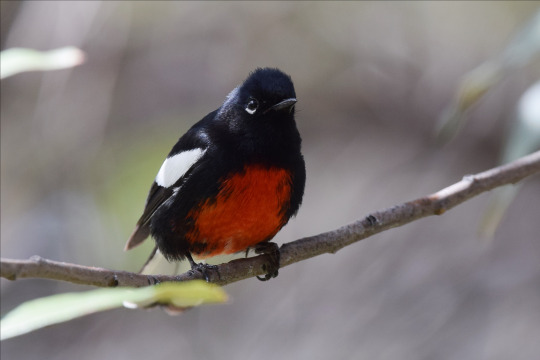
Photo: Andy Reago & Chrissy McClarren
"The incredible Painted Redstart, a specialty of the southwestern mountains, is perhaps the most beautiful of the warblers. It almost seems to be consciously showing off as it flits through the oaks, turning this way and that, posturing with its wings and tail partly spread. Unlike most of our northern warblers, females of this species are just as showy as males. Painted Redstarts build their nests on the ground, on steep hillsides in pine-oak woods."
- Audubon Field Guide
#birds#painted redstart#birds of north america#north american birds#warblers#birds of the us#birds of mexico#birds of central america#passerines#wood warblers#redstart#redstarts#birding#bird watching#birdblr#birblr#bird of the day#Myioborus pictus
44 notes
·
View notes
Text


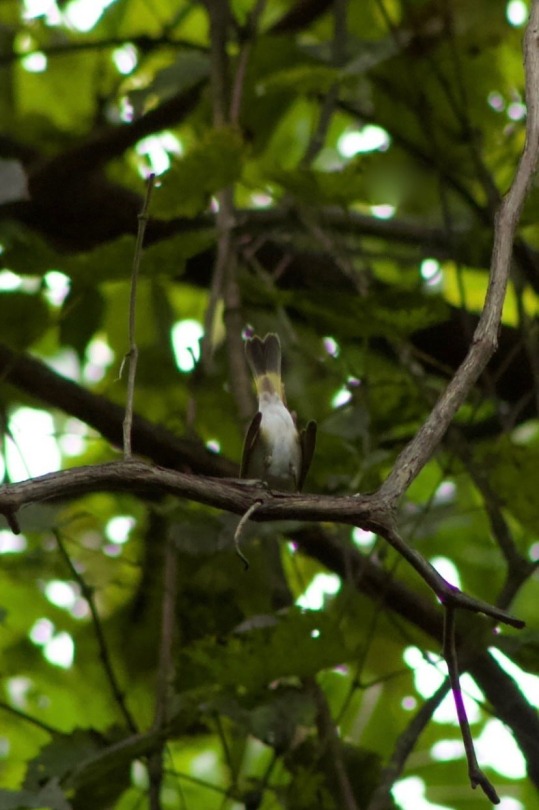
Eastern wood-pewee (top center photo) and a female american redstart! :)
9 notes
·
View notes
Photo
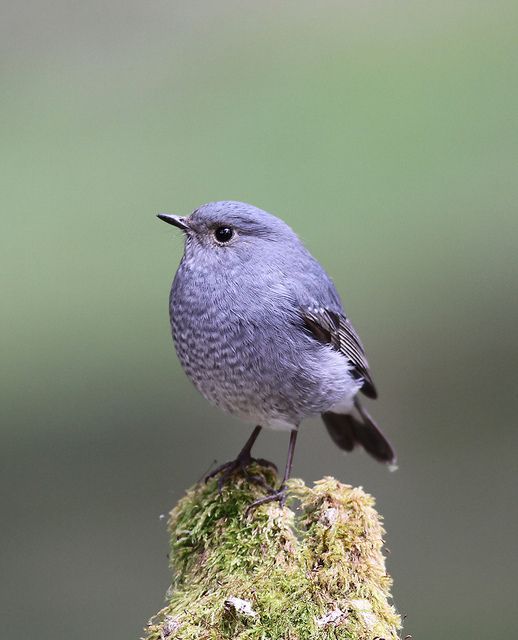
Plumbeous Water Redstart, female
Eddy Lee Photography on Flickr
29 notes
·
View notes
Text



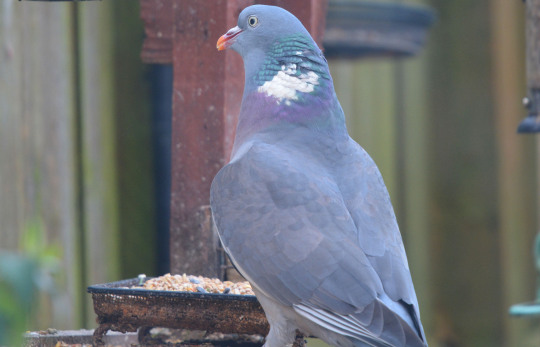



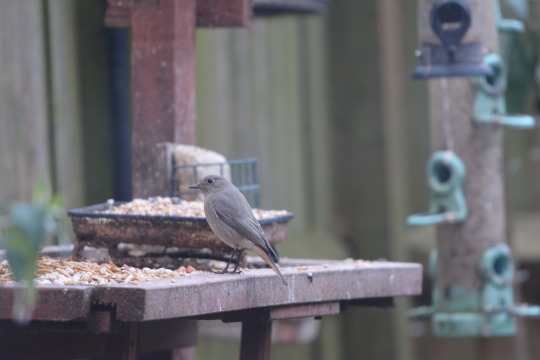


The story of one of my greatest ever Big Garden Birdwatches on 27/01/2024
Saturday morning arrived and a sense of excitement and anticipation pulsed through me as it was time to keep up my annual tradition of counting the birds in the garden for an hour for the RSPB's Big Garden Birdwatch. I had high hopes for 2024 and was not disappointed.
As I have said before this fun and vitally important activity in the name of citizen science to inform conservation often feels like a challenge of hope that any trends of the year or winter so far for birds in the garden can be replicated within the hour and you just of course never know what will turn up in the time. The build up to the survey this year for me was dominated by one thing as our rarest ever garden visitor the stunning female Black Redstart stated visiting two weeks prior, keeping up appearances regularly as the days of the first of those weeks ticked by, going a bit quieter in the second week but coming back in again towards the end of it. Could the dream of seeing one in a Big Garden Birdwatch be realised? I was over the moon then when very soon into it and throughout this energetic and regal bird came in, what a pleasure to watch such a gorgeous species at this key point in our garden's wild year. It was mesmerising to see her.
The Black Redstart wasn't the only unusual for us species seen yesterday as I could barely believe my eyes when a minute Goldcrest weaved through the buddleia bushes, another species I adore seeing and have had a top first month of the year and winter so far for. I was ecstatic to see it as I'd never seen one in the garden before. It joined the Black Redstart and also a Great Black-backed Gull flying past on Friday as three from home ticks I've got this year so far. Sticking to the theme of the unusual, I'd not seen a Blackbird in the garden all winter so far but a male and female turned up yesterday. This was a delight to see. It's fair to say with a frost it was a little colder than previous days yesterday morning, the colder weather what I think first brought the Black Redstart in to find food, so this may have brought different things in. Also seen whilst counting yesterday were two winter stalwarts this year which always seem notable in the garden as we don't always get them in year round, pretty Robin and Blue Tit. Though a very common bird and very frequently around out the back I don't feel as though I see Woodpigeons coming into the garden as often these days so the two that came in during the birdwatch was nice.
Onto the more expected species and Starling was my most numerous species once again with seventeen the most in at once. These birds have their noted declines so I think it's the sign of a good Big Garden Birdwatch if you get that moment where the mob of Starlings descend on the garden and it's difficult to keep track of how many are in. These days where there are Starlings there are House Sparrows and it was great to watch that equally as concerned for species feeding in the garden with five the most at once. This garden wouldn't be itself without a dazzling star of the cast, my favourite year round regular, the Goldfinch. Four at most of these came in yesterday, lower than previous years but I'm not overly concerned by that as in recent times I have seen them more so coming into the garden in smaller groups than before rather than all at once and this species does also like the balcony feeders at the front of the house which splits things up a bit. Lastly I'd have been a bit frustrated had we not got a Collared Dove in during the birdwatch as a big theme of the past year has been them coming into the garden in ever greater numbers and they're a near constant out the back generally, seeing five coming into the garden one of my best ever results for them in the birdwatch was great.
Overall a very enjoyable and exhilarating hour, compared to previous years it felt like there was barely a minute where nothing was in the garden and ten species observed equaled my previous best in 2021. What a great way to spend some time, I said to someone the other day how it's probably the only hour per year I'll get to just sit and watch the garden which is so relaxing and enthralling but also it does mean I notice things I might not normally and it feels great it all being for a good cause. In this photoset are ten more of my photos from my Big Garden Birdwatch yesterday of; House Sparrow, Blue Tit, the male Blackbird, Woodpigeon, the Goldcrest, two of Goldfinches, the Black Redstart, Starlings and another of the Black Redstart.
#black redstart#goldcrest#blackbird#blue tit#robin#woodpigeon#goldfinch#starling#house sparrow#collared dove#birdwatching#photography#birding#2024#big garden birdwatch#rspb#january#garden#home#eastleigh#hampshire#england#uk#earth#nature#photos#wildlife#wildlife photography
4 notes
·
View notes
Text
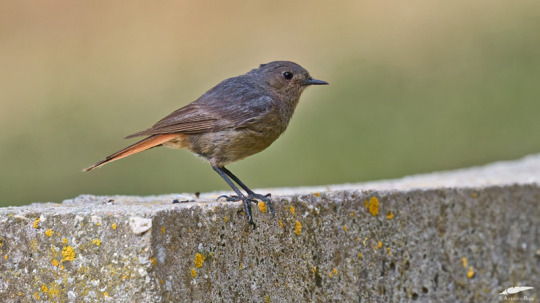
Black Redstart - Rabirruivo-preto (Phoenicurus ochruros): female
Cruz Quebrada/Portugal (29/05/2023)
[Nikon D500; AF-S Nikkor 500mm F5,6E PF ED VR; 1/1600s; F7,1; 400 ISO]
18 notes
·
View notes
Photo

Not the greatest habitat, but it matches my outfit
#photographers on tumblr#original photography#black redstart#Hausrotschwanz#female#birding#urban birding#Hamburg
174 notes
·
View notes
Text



Daurian redstart (female)
121 notes
·
View notes
Note
Wow, growing up in a house with free flying birds on a regular basis sounds amazing! Was it chaotic, do any notable stories (or "tenants") stick out? Besides Priscilla, whose shenanigans I read and much enjoyed :) Did you get to paint them from life that way, or were they too skittish?
The whole concept of wildlife rehabilitation was new, and so we unintentionally imprinted some birds that we couldn’t release, so they were too tame to release, and not just one, but many left lasting impressions and resulted in fascinating incidences, and yes, until I reached the age where I had to wear reading glasses, which I find makes sketching from life difficult, I did draw many of them.
For one period of twelve years, her whole life, I often drew with Zuma an imprinted female American Kestrel brought to us by my older brother when I was in my teens, sitting on my head. I often joke that I owe the fact that I’m not bald to the fertilizer she kindly deposited upon my scalp and the frequency with which I subsequently had to shampoo. I was talking about her to a colleague a few years ago and when I got to her death…a gentle one, in the dead of night, as she sat on my lap, I teared up…forty years later.
There were many others who were with us long enough for deep attachments to form, like Misty, the Northern Mockingbird, brought to us as a chick from a nest wiped out by a cat, and who would sit on my knee and sing and for reasons no one will ever know loved to punch his beak into my mother’s lipstick. My email address, [email protected] is in his memory, “Mimus” being the generic name of the mockingbird.
I also think I owe the frequency with which I paint young birds, immature plumages, baby birds, owed much to the many my mother and I hand-raised. You are right…sketching birds is difficult because of their quickness…and often it was just a part of a the bird that got sketched. I’m wary of those artists who present detailed studies of birds and other animals in the wild, and claim they were sketched in the field from life. There are some that allow it…an owl on a branch, a duck sleeping by the water’s edge, a heron stalking prey with that slow motion movement they have, but usually I just focused on observation more than recording.
I’m not a very good photographer, but I now own a digital camera that does most of the work, and while I don’t exactly create pictures worthy of National Geographic, I do find the images useful.
Attached are some examples of pictures of actual birds. The first three show Jesus (pronounced Hay-soos…a common name in the countries where they are native) who was the first Painted Redstart ever to occur in Canada, which he did late in the fall ahead of a blizzard. Desperate for food he entered an apple shed in search of fruit flies where he was captured and since he could not be released without sealing his fate, he was given to my mother and me.
We allowed him the freedom of the apartment we lived in so long as he went in his cage for the night. In summer I caught insects for him and year round we fed him fruit flies, root maggots and meal worms we raised as well as other foods and he lived for about eight years, never being really tame but not in panic, sort of an understanding. If I put the insects in a jar in the fridge it would slow them down, then I’d bring it out and he’d wait for them as they emerged through holes I punched in the lid, or we’d take the lid off and he’d plunge into the jar.
The third one is a finished colour study of my beloved Zuma, and the last is based on sketches of Misty.
The last one is one of my more detailed field sketches illustrating what I said about sleeping birds being easier to draw in the wild. I often threw away my field sketches since it was the doing of them that was important, but I kept a few, like this one of Canada Geese quietly resting in shallow water.
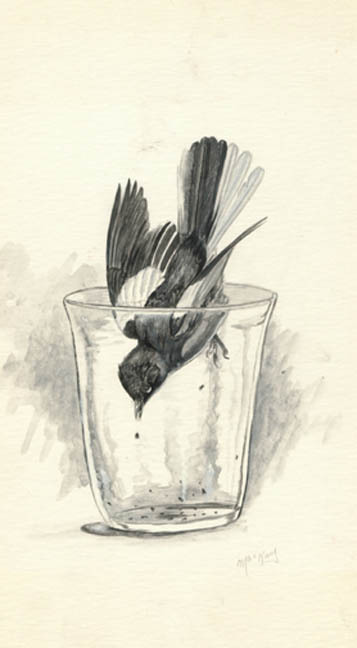

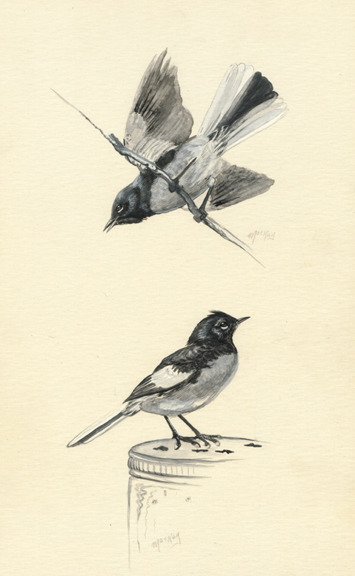



Cheers,
Barry
2 notes
·
View notes
Text
Round 3, Poll 8
Pink Robin vs Painted Redstart
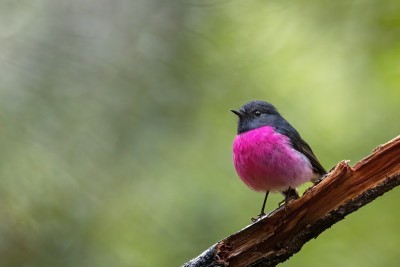

sources under cut
Pink Robin
"round. pink. baby."
Yet another cute, round bird that is not a "true robin". Being an Australian songbird, it is not related to the European robin (an old-world flycatcher) or the American robin (a thrush).
These birds are found year-round on Tasmania, but also can be found on the tip of Southeastern Australia just near the island. They prefer rainforest and wet eucalypt forests.
Painted Redstart
"saw my lifer while chillin in a natural hot spring B)"
"Nests are set on the ground on slopes, seldom in trees, usually in sites that provide some cover from above such as in cavities, under bushes, or on the side of a canyon, a creek bed, or even a building."
Tail flicking and fanning are a common behaviors of this species, with birds flicking their long tails while foraging, or fanning their tails to communicate with each other or a perceived threat. When pairing up for the season, males will start with displays and singing, and a receptive female will sing back to her male throughout the day. This continues even into the nesting period, as a "whisper" song.
Images: Robin (JJ Harrison)
Birds of the World: Pink Robin
30 notes
·
View notes